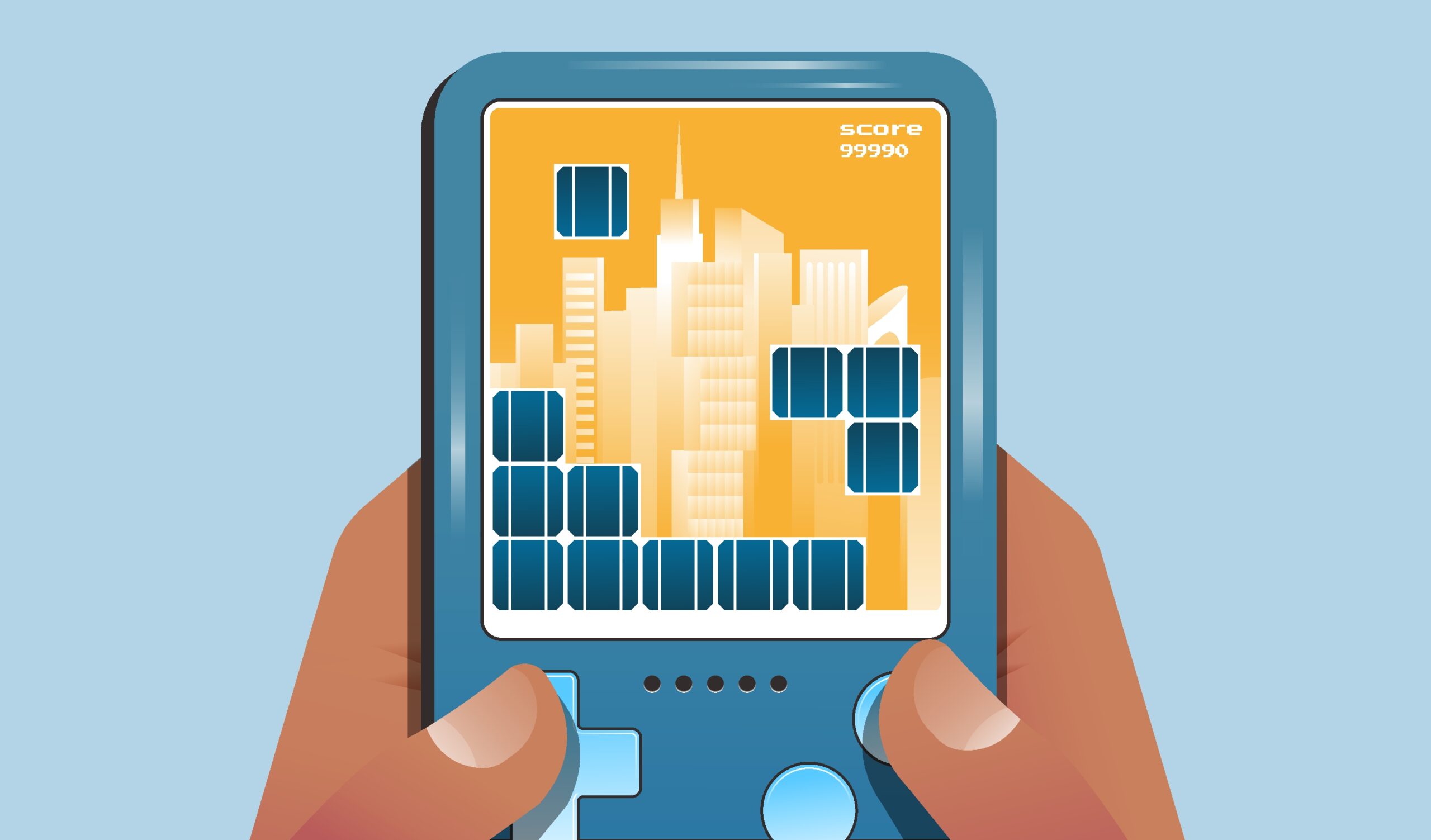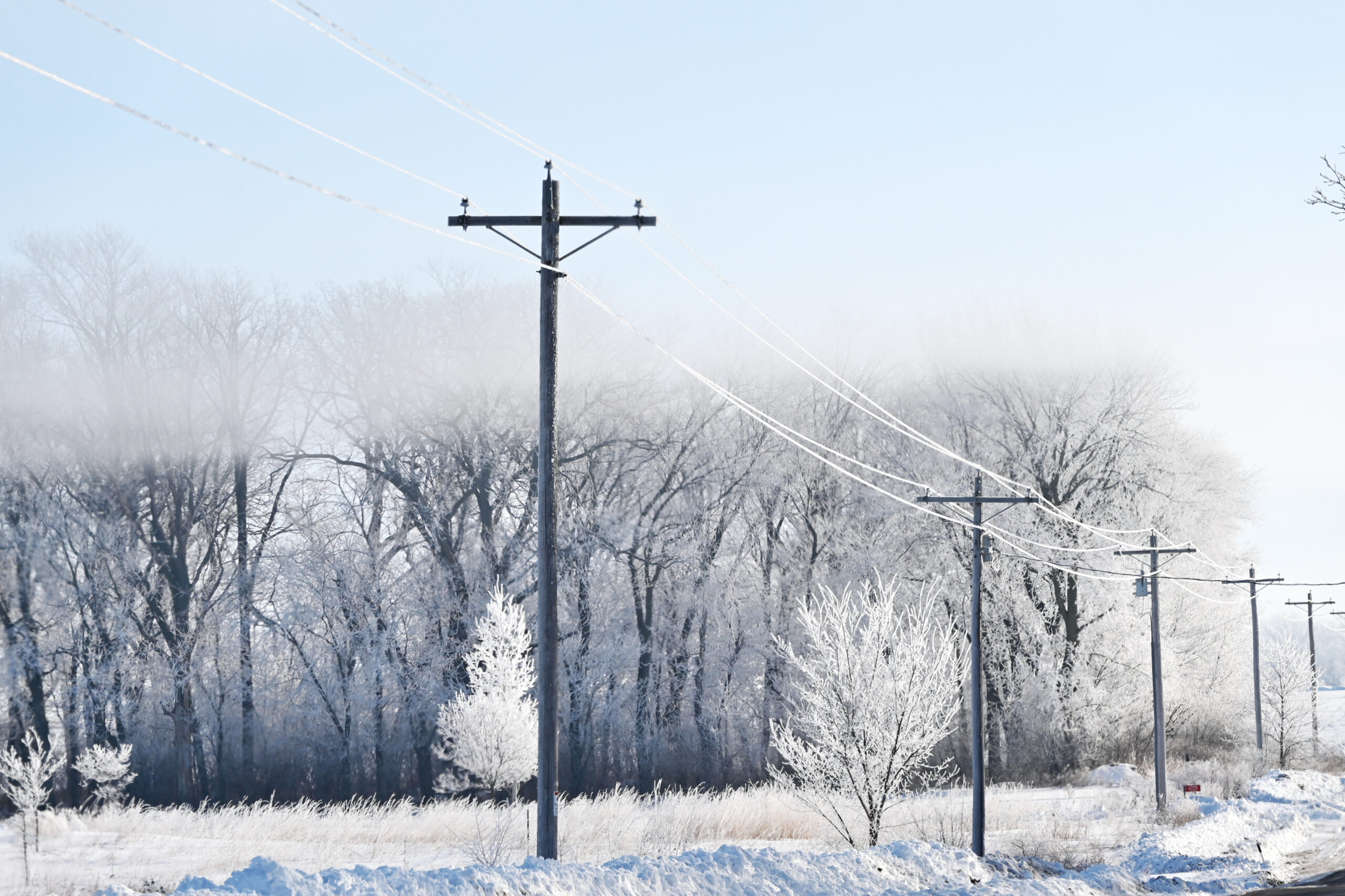Demand-side management (DSM) is one of several phrases that serve to broadly identify opportunities for energy flexibility within the electric grid. Demand-side management programs began in earnest in the late 1970s as an effort to minimize national dependence on foreign fossil fuels, prompted in large part by the global energy crises. In response to the energy crisis, President Jimmy Carter launched the Department of Energy to better manage the still-evolving energy landscape. Likewise, the energy crisis led to innovations like energy-efficient windows, while encouraging the national conversation on energy conservation. These efforts are the antecedent to demand flexibility programs like demand response (DR), EV managed charging, and virtual power plants. These initiatives are proving increasingly necessary for utilities to meet needs and lower high energy costs.
So What Is Demand-Side Management?
As noted, demand-side management refers to programs that address energy efficiency needs through a variety of means. According to the U.S. Energy Information Administration (EIA), demand-side management programs “consist of the planning, implementing, and monitoring (of) activities of electric utilities which are designed to encourage consumers to modify their level and pattern of electricity usage.” In this context, demand-side management has much in common with behavioral demand response programs, initiatives designed to educate and encourage preferred responses around energy consumption.
Historically, seven demand-side management strategies were initially identified, including
- Energy usage and conservation campaigns
- Energy audits
- Incentives to invest in renewable energy or energy-efficient products
- Assistance in the installation of energy-efficient technologies
- Enlisting third-party operations to track energy usage between customers and utilities in an effort to help identify deficiencies
- Load control and shifting
- Tariffs like time-of-day (TOU) or real-time pricing rate strategies.
While these concepts were first introduced decades ago, each of these tactics has proven useful over the long run. For example, in 2021 approximately 10.2m utility customers were enrolled in residential demand response, which yielded around 29 GW of peak demand savings potential in the U.S., fostering the DR market which is anticipated to nearly double by 2027. While energy efficiency efforts continue across various possible platforms like mailers, emails, SMS text messaging, and more, advancements in load control and shifting offer utilities a promising opportunity to decrease high energy costs, enhance grid resiliency, and meet regulatory imperatives.
The History of Load Shifting
Initially, demand-side management load-shifting strategies required physical switches for device control. These early switches were simple, one-way devices designed to send signals to devices alerting them to reduce load during peak demand. One-way switches required utilities to place physical devices at the point of consumption: on the property of the enrolled participant. This presented a logistical challenge to utilities: if the switches were put directly on an HVAC unit, and a homeowner replaced that unit, the utility would lose their device at their expense.
Furthermore, utilities were limited to net conservation without any household-specific data, minimizing opportunities to assess program successes or challenges. Two-way switches solved this problem by providing technology at the point of consumption that could respond in real-time device control. Unfortunately, two-way switches presented an increased material cost to utilities, cutting into already limited opportunities.
Both one and two-way switches originally utilized private radio channels for communication. These signals were obtainable from the FCC and were eventually replaced with unused paging frequencies as the transmission signal. These communications protocols eventually coalesced into WiFi as we understand it now, which has since revolutionized how utilities manage remote device control.
Through WiFi-enabled technologies like smart thermostats or water heaters, utilities can employ the Internet of Things (IoT) for more sophisticated and nuanced device control. Through IoT technologies, utility program managers can respond in real time to demand events using up-to-date and historical data. In fact, forecasting tools have improved in parallel to these technologies, as access to rich data has never been easier.
Examples of Demand Flexibility Initiatives
Through DER technologies, demand-side management has evolved beyond its humble origins to educate customers about energy-saving potential. Before we conclude, let’s examine a few potential demand flexibility programs and how they might provide opportunities for utilities to reduce load during peak demand, while increasing grid reliability.
Conservation Opportunities
For decades, demand response has proven valuable to grid operators, by conserving energy when it’s needed most: during peak periods of demand. Perhaps the most common demand flexibility program, demand response is the precursor to EV managed charging and other load flexibility strategies designed to shift loading to off-peak hours. Conversely, time-of-use rates and other similar rate strategies discourage usage during those same time periods by variable pricing signals.
Tapping Into Community Solar
With more distributed energy resources (DERs) on the market and many more on the horizon, program managers have so many more opportunities today than ever. With increased access to solar, utilities can help develop community solar programs or tap into virtual power plant functionality through aggregated community energy assets. Similarly, charging strategies like V2G reciprocal charging or battery programs can access community energy stored in batteries or EVs to offset high energy costs.
Conclusion: Demand-Side Management Today
While demand flexibility programs were initially limited by physical devices and slower communications technologies, WiFi has rapidly expanded possibilities for load management. Through the use of a distributed energy resource management system (DERMS), utilities can employ a variety of distributed energy resources (DERs) like photovoltaic solar, battery storage devices, smart thermostats or water heaters, and EVs to create a more flexible load shape.
More recently, virtual power plants offer a novel approach to device control and management, as an aggregate of existing community resources. For example, virtual power plant technologies may aggregate excess solar during periods of peak demand to mitigate power outages, while defraying the high costs of energy purchasing during that same period.
These technologies are working! For a great example, during the summer of 2023, Texas relied on renewable energies to increase grid resiliency, in spite of record-breaking heat putting undue strain on the grid. To keep pace with increasing temperatures, erratic and more frequent extreme weather events, and global electrification efforts utilities must work to enhance their customer engagement strategies to educate customers on their opportunities. By incentivizing enrollment, program managers can scale their programs, which in turn adds value and greater flexibility to grid operators.






